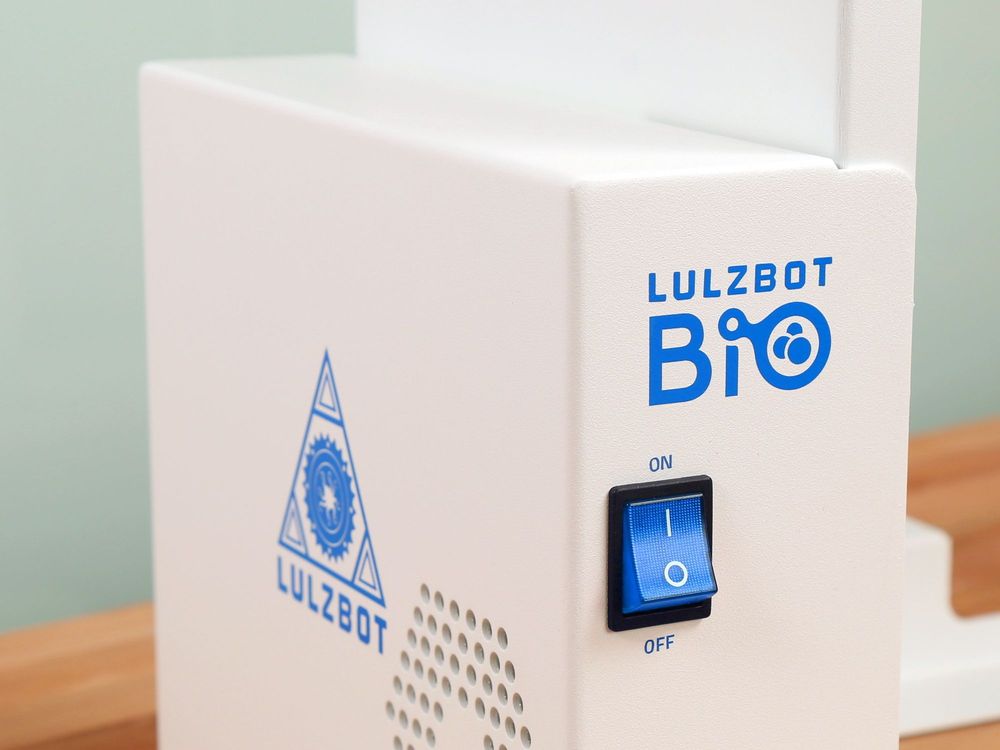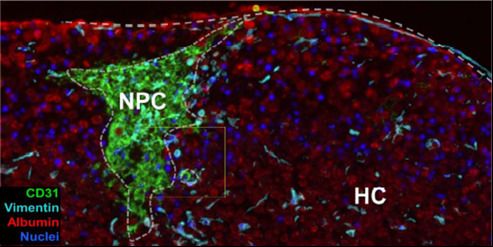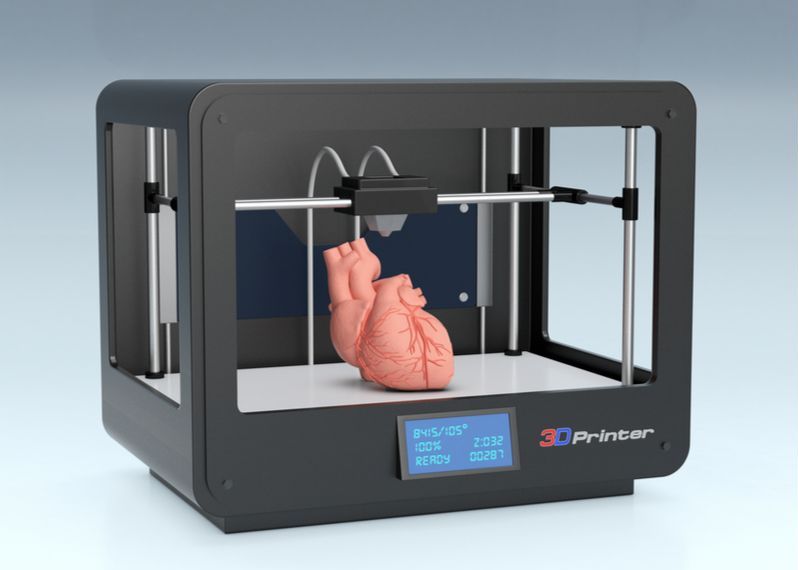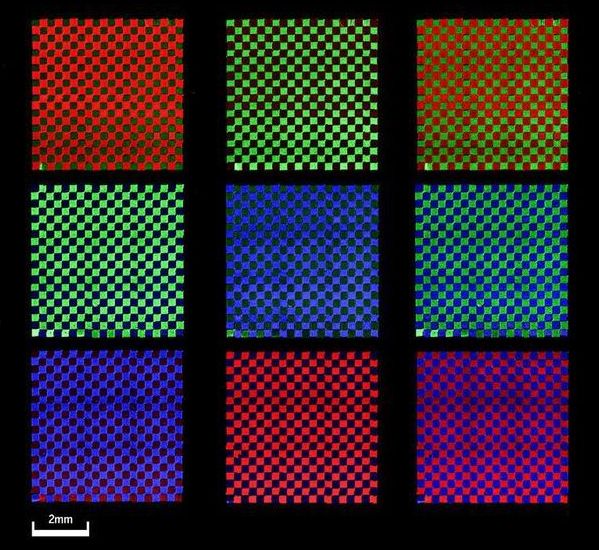On a sofa in the corner of the room, a cat is purring. It seems obvious that the cat is an example of life, whereas the sofa itself is not. But should we trust our intuition? Consider this: Isaac Newton assumed a universal time flowing without external influence, and relative time measured by clocks – just as our perception tells us. Two centuries later, Albert Einstein dropped the concept of universal time, and instead introduced a concept of time measured only locally by clocks. Who before Einstein would have thought that time on the Sun, the Moon, and even on each of our watches runs at slightly different rates – that time is not a universal absolute? And yet today our cellphones must take this into account for a GPS to function.
Life ≠ alive.
A cat is alive, a sofa is not: that much we know. But a sofa is also part of life. Information theory tells us why.
Michael Lachmann & Sara Walker






